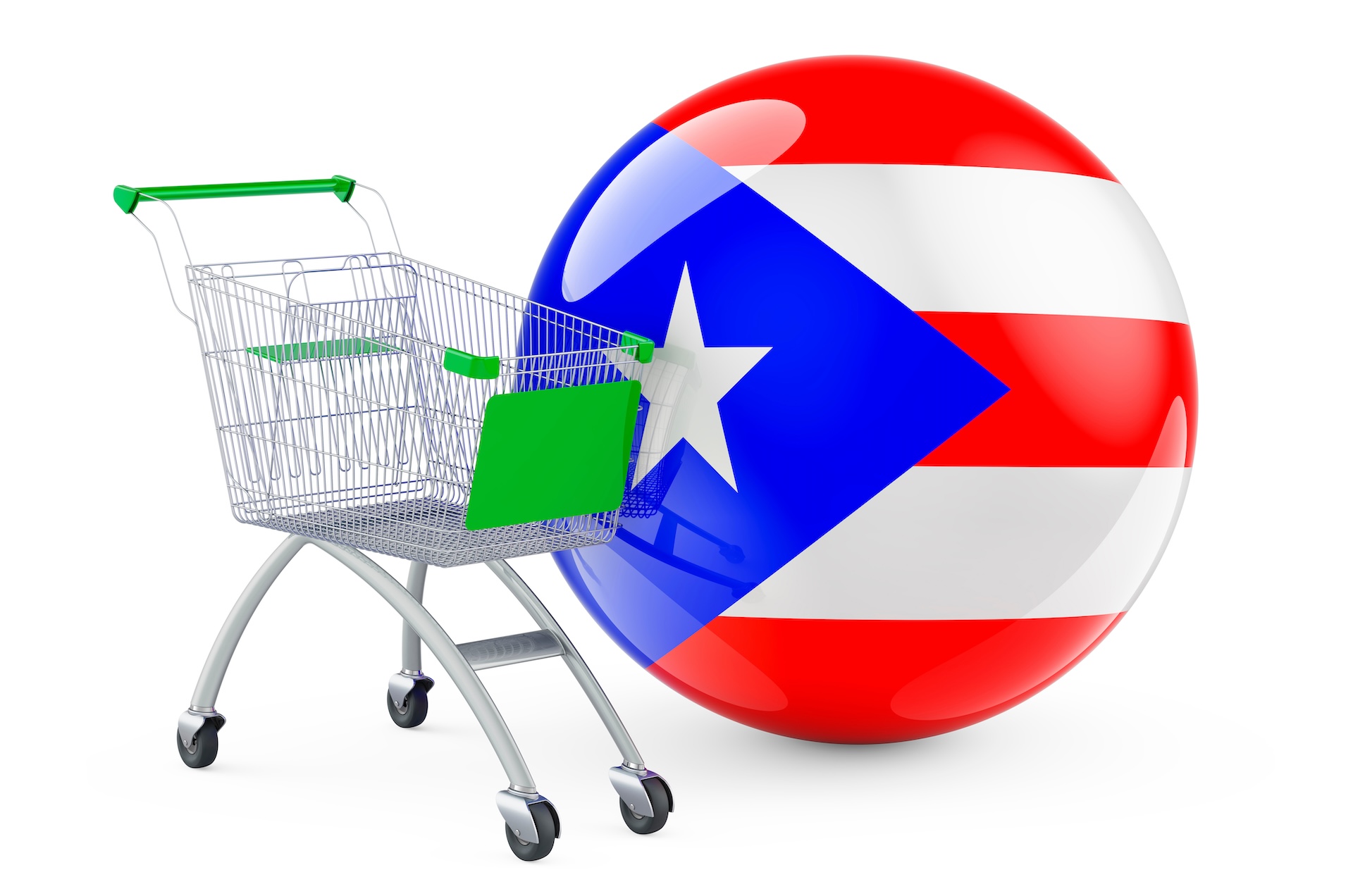The Philippine Islands were ceded to the United States by Spain on April 11, 1899. The Philippines then became a territory of the United States and remained a U.S. territory until 1946, when it became a sovereign country.
During this roughly 50-year window, people born in the Philippines were deemed U.S. non-citizen nationals. They were able to live and work freely in the United States.
The Tydings-McDuffie Act of 1934 set the Philippines on course for a ten-year transition to independence. “Philippine Islands shall be considered as a separate country,” dictated the law, with an immigration quota of just 50 Filipino immigrants per year.
The Filipino Repatriation Act of 1935 pressured Filipino residents in the U.S. to return to the Philippines. Travel expenses were paid for, even for U.S.-born children. Roughly 2,000 people followed the law’s incentives and left the United States during the late 1930s.
As the Philippines transitioned to become a sovereign country, the status of Filipinos in the U.S. attracted scrutiny. Eventually, Filipino residents of the U.S. lost their status as U.S. nationals.
As the U.S. State Department explains: “Filipinos continued as non-citizen U.S. nationals until July 4, 1946 when, through Presidential Proclamation 2695, the United States recognized the Philippines as an independent nation. With such recognition, all Philippine citizens who had not acquired U.S. citizenship by birth abroad to a U.S. citizen parent(s) or by naturalization, lost their non-citizen U.S. nationality, whether residing in the Philippines or the United States.”
Another key development in 1946 was the passage of the Luce-Celler Act, which doubled the immigration quota for Filipinos to 100 and, for the first time, allowed Filipinos to naturalize as American citizens.
Some Filipinos took advantage of the new law. Others didn’t. They instead continued to live in the U.S. without becoming U.S. citizens. Sometimes legal complications ensued.
A few cases stand out.
Ernesto Mangaoang
Arrested in 1949 and facing deportation charges, Ernesto Mangaoang’s four-year fight to remain in the U.S., which he had entered legally, resulted in a landmark Supreme Court decision that clarified the status of 70,000 Filipino Americans who had immigrated while the Philippines was a U.S. territory.
Ernesto Mangaoang was a U.S. national from the Philippines who arrived in the U.S. in 1926. A WWII veteran, Mangaoang was arrested under a 1918 law that called for the deportation of aliens with Communist ties. Mangaoang had been a member of the Communist Party in 1938.
With the support of the ACLU and labor unions, Ernesto Mangaoang was able to fight deportation and remain in the United States. His case finally went to the Supreme Court in 1953 as Mangaoang vs. Boyd. The court determined that Mangaoang had not been an alien at the same time he was a member of the Communist Party, and thus was not subject to deportation.
Arcadio Cabebe
Arcadio Cabebe arrived in Hawaii in 1930. Hawaii was at that time a territory of the United States. Cabebe was a native of the Philippines, and therefore a U.S. national. Cabebe applied for a U.S. passport in 1949 and was denied because he was then considered an alien under U.S. law.
Cabebe appealed the decision, arguing that his United States nationality was not affected by the proclamation of Philippine independence.
In its reasoning, the Court recognized that Filipino nationals of the United States living in the Philippine Islands lost their U.S. nationality when the United States “relinquished its sovereignty over them and their country.”
The court then asked, “[t]he narrower question follows: Does such loss also occur as to Filipino-nationals of the United States domiciled in the United States?”
In Cabebe vs. Atcheson, the United States Court of Appeals for the Ninth Circuit answered yes. The Court held: “The status of United States nationality for Filipinos was the direct result of the United States’ assumption of sovereignty over the Islands. When the United States relinquished its sovereignty, there remained no basis for such status.”
Finally, the Court concluded, “the United States government intended the status of Filipinos, regardless of domicile or place of residence at the date of Philippine independence, to be entirely separate from any … adherence to the United States.” Cabebe was classified as an alien.
S—- L
As one of a collection of cases in which former U.S. nationals were deported on the grounds of “moral turpitude,” the Matter of S—L is notable because the decision includes this statement: “It is now well established that an alien who is a citizen of the Republic of the Philippines, who entered the United States prior to May 1, 1934, as a national of the United States, is deportable[.]”
The 1949 decision discusses numerous comparable cases calling for the deportation of defendants who were aliens and had committed crimes after they had lost their protection as U.S. nationals.
It is clear that the U.S. government did not indulge in the wholesale deportation of former nationals for overstaying or just for their change in status. It is equally clear, however, that individual former nationals were subject to deportation just like other aliens, even when they had entered the U.S. legally.
Citizens of Puerto Rico after independence
If Puerto Rico becomes a sovereign country, U.S. citizens from Puerto Rico living in the United States may face the same situation as U.S. nationals from the Philippines over 70 years ago.
In Cabebe vs. Atcheson the court observed, “The United States had it desired it, could have provided that Filipinos permanently residing in the United States would not lose their United States nationality upon the recognition of Philippine independence.” Since the government did not take that action, the court decided, people from the Philippines became aliens after independence.
Congress could ultimately protect the U.S. citizenship of Puerto Ricans living in states if Puerto Rico becomes a foreign country. But then again, it may not. After all, Congress did not guarantee protection for U.S. nationals from the Philippines. In response, neither did the courts.
Updated June 7, 2023


